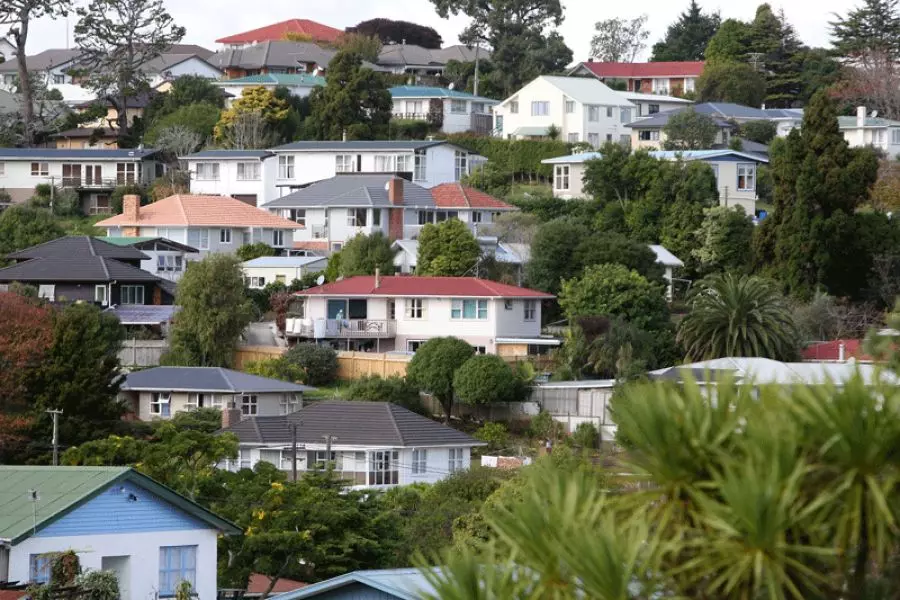News
Housing market cooling rapidly

Wednesday 16th of February 2022
The national median selling price dropped to $880,000 in January down by $20,000 compared to December’s $900,000 median.
It was the second month in a row it had dropped from its November peak of $920,143.
Auckland bore the brunt of the price fall, where the median selling price dropped by $80,000 from $1.28 million in December to $1.20 million in January.
Across th...
Want to read the full article?
Click the button below to subscribe and will have unlimited access to full article and all other articles on the site.
2 min read






![[The Wrap] Bye Bye Bayly](https://goodreturns.publit.io/file/c_fill,w_900,h_600/39f23ac1-f7c7-4854-b700-a150004ebbac.webp)


